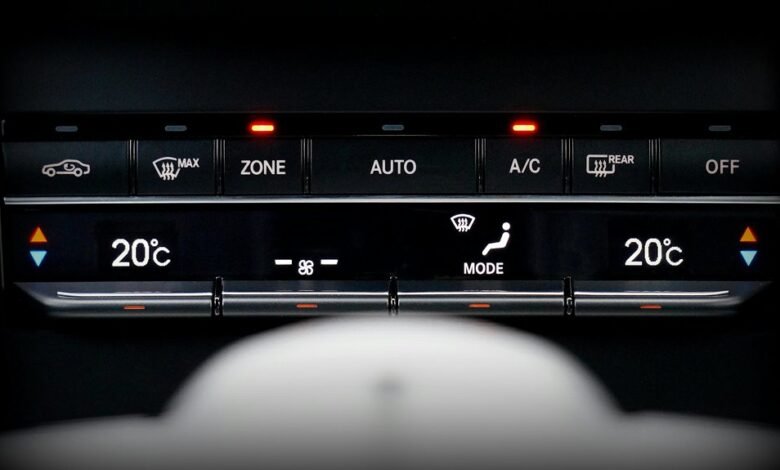What Temperature Is 35 Celsius? : Converting Celsius to Fahrenheit

The conversion between Celsius and Fahrenheit is a fundamental aspect of temperature measurement. Understanding this relationship is crucial for various applications, from scientific research to daily activities. For instance, determining what temperature 35 degrees Celsius translates to in Fahrenheit requires knowledge of the conversion formula. This simple calculation not only facilitates effective communication but also impacts areas such as cooking and weather interpretation. What implications does this have for global temperature discussions?
Understanding the Celsius and Fahrenheit Scales
The Celsius and Fahrenheit scales represent two distinct systems for measuring temperature, each with its own historical context and application.
Celsius history traces back to the 18th century, introduced by Anders Celsius, while Fahrenheit origins stem from Daniel Gabriel Fahrenheit's work in the early 18th century.
These scales reflect differing scientific approaches and cultural preferences, influencing their adoption in various regions worldwide.
The Conversion Formula
Understanding the differences between the Celsius and Fahrenheit scales sets the foundation for accurately converting temperatures between the two.
The conversion formula, ( F = C times frac{9}{5} + 32 ), facilitates temperature conversions.
This mathematical relationship highlights scale differences, enabling individuals to seamlessly transition between Celsius and Fahrenheit, thus empowering them with knowledge essential for various practical applications in daily life.
Calculating 35 Degrees Celsius in Fahrenheit
Calculating the Fahrenheit equivalent of 35 degrees Celsius requires applying the established conversion formula.
By using the equation F = (C × 9/5) + 32, one determines that 35 degrees Celsius converts to 95 degrees Fahrenheit.
This temperature measurement highlights significant climate impact, as it reflects conditions that can influence ecological systems and human activities, emphasizing the importance of understanding temperature conversions in a changing world.
Practical Applications of Temperature Conversion
Precision in temperature conversion plays a crucial role across various fields, from meteorology to culinary arts.
Understanding temperature differences enables professionals to make informed decisions, ensuring safety and quality. In the culinary world, accurate conversions influence cooking times and ingredient behaviors.
Similarly, meteorologists rely on precise data for forecasting. These real-world applications highlight the importance of mastering temperature conversion for effective communication and operational efficiency.
Conclusion
In conclusion, converting temperatures between Celsius and Fahrenheit is a crucial skill in various fields, from meteorology to culinary arts. Notably, the boiling point of water is 100 degrees Celsius, which translates to 212 degrees Fahrenheit, illustrating a significant difference of 112 degrees between the two scales. This highlights the importance of accurate temperature conversion, as even slight errors can impact scientific experiments and cooking outcomes, emphasizing the need for precision in temperature measurements.




